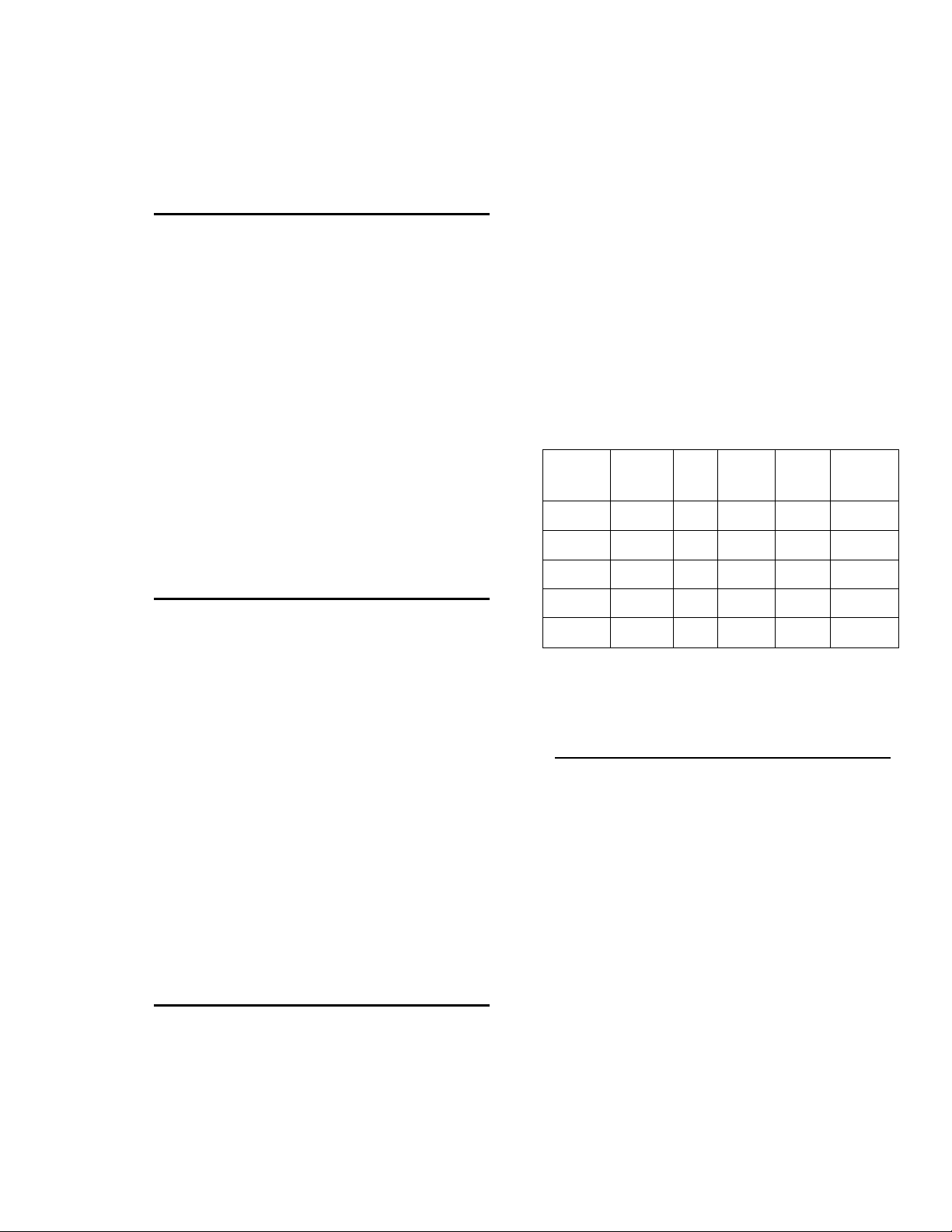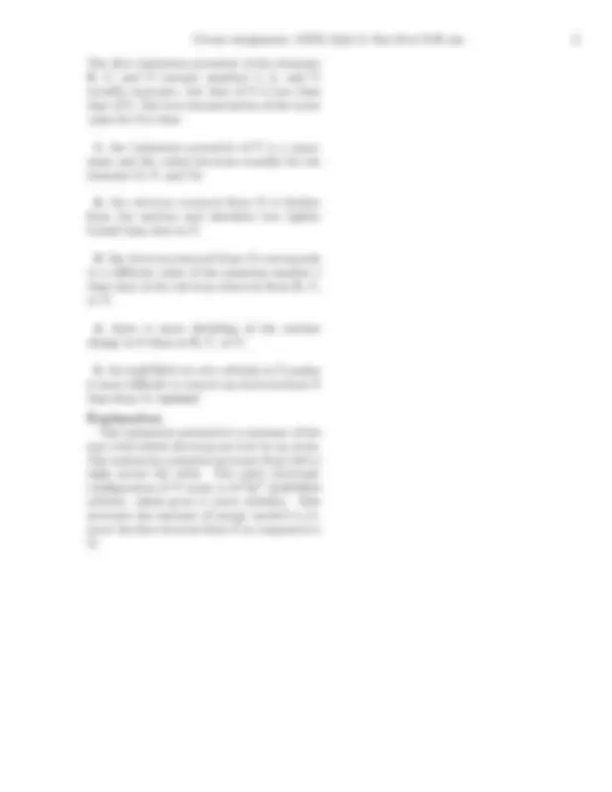



Study with the several resources on Docsity

Earn points by helping other students or get them with a premium plan


Prepare for your exams
Study with the several resources on Docsity

Earn points to download
Earn points by helping other students or get them with a premium plan
Community
Ask the community for help and clear up your study doubts
Discover the best universities in your country according to Docsity users
Free resources
Download our free guides on studying techniques, anxiety management strategies, and thesis advice from Docsity tutors
Multiple choice questions from a chemistry quiz, covering topics such as electron configurations, ionic radii, atomic radii, and ionization potentials. Students are required to find all choices before answering and the due time is central time.
What you will learn
Typology: Lecture notes
1 / 3

This page cannot be seen from the preview
Don't miss anything!


This print-out should have 8 questions. Multiple-choice questions may continue on the next column or page – find all choices before answering. The due time is Central time.
Mlib 02 4043 08:12, general, multiple choice, > 1 min, fixed. 001 The electron configuration for the oxygen atom is
Explanation:
Brodbelt 05 10 08:13, general, multiple choice, > 1 min, fixed. 002 What is the electron configuration of Mg2+?
Explanation: Mg2+^ has lost two electrons, as indicated by the charge. It has only 10 electrons.
09:02, general, multiple choice, < 1 min, fixed. 003 Rank the following in terms of decreasing ionic radii.
charge N^3 −^10 8 2 7 + O^2 −^10 8 2 8 + F−^10 8 2 9 + Na+^10 8 2 11 + Mg2+^10 8 2 12 + The greater the effective nuclear charge, the stronger the attraction between the protons and the electrons, and thus the smaller the radii.
ChemPrin3e 01 82 09:01, general, multiple choice, > 1 min, wording-variable. 004 What is the order of increasing atomic radius?
chlorine (99 pm) < sulfur (104 pm) < silicon (118 pm)
09:01, general, multiple choice, < 1 min, fixed. 005 What are the effective nuclear charges for a strontium atom valence electron and an n = 2 electron, respectively?
Explanation: The effective nuclear charge is total protons − total inner shell electrons.
Neutral Sr has 38 protons and 38 electrons (obtain this number from the periodic table). The n = 2 shell has 8 electrons. There are 2 electrons in the n = 1 shell that can shield them, so +38 − 2 = +36. The valence electron is in the n = 5 shell. There are 4 shells between the valence elec- tron and the nucleus that act to shield the nucleus. The total inner shell electrons are 36, so +38 − 36 = +2.
08:12, general, multiple choice, < 1 min, fixed. 006 Which of these elements, as a neutral atom, would have an electronic configuration influ- enced by the increased stability of a filled or half-filled subshell?
Explanation: Cr and Cu are exceptions to the rules for filling orbitals. The electron intended to fill the 4s orbital is added to the 3d orbital in- stead. Half-filling the Cr 3d orbital and fully filling the Cu 3d orbital is much more energet- ically stable for the electron than filling the 4 s orbital.
ChemPrin3e T01 52 08:13, general, multiple choice, < 1 min, fixed. 007 All of the following can have the ground-state electron configuration [Xe] 4f 14 5 d^10 except
Explanation: Write the electron configurations for the ions listed to see which one matches the outer electron configuration given. The Aufbau or- der of electron filling is 1s, 2s, 2p, 3s, 3p, 4s, 3 d, 4p, 5s, 4d, 5p, 6s, 4f , 5d, 6p, etc. s orbitals can hold 2 electrons, p orbitals 6 electrons, and d orbitals 10 electrons. Note some exceptions do occur in the electron con- figuration of atoms (and ions) because of the stability of either a full or half-full outermost d-orbital, so you may need to account for this by ‘shuffling’ an electron from the (n − 1) s orbital. When electrons are removed from or- bitals in a neutral atom to create a positive ion they are taken in this order: outermost (highest value of n) p, outermost s, then out- ermost d.
Msci 06 0323 09:03, general, multiple choice, > 1 min, fixed. 008